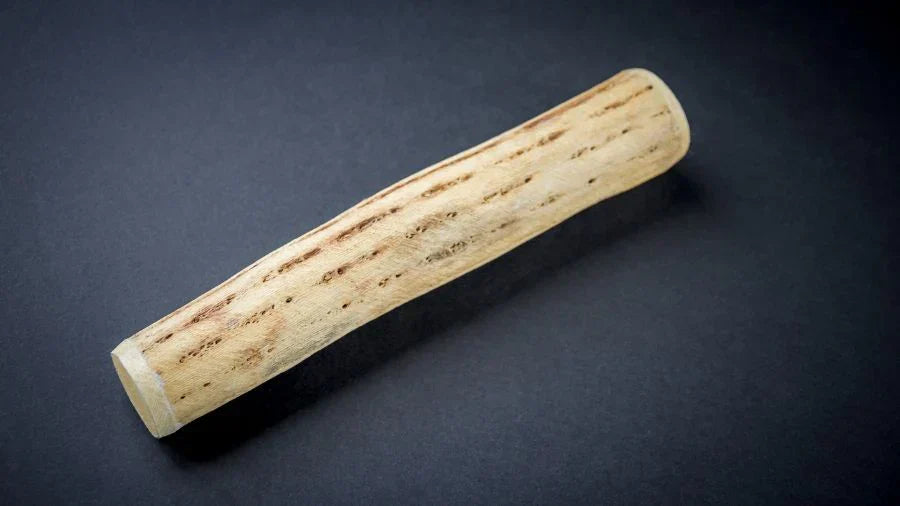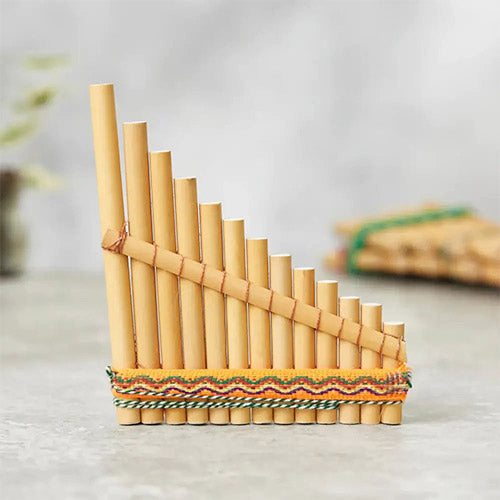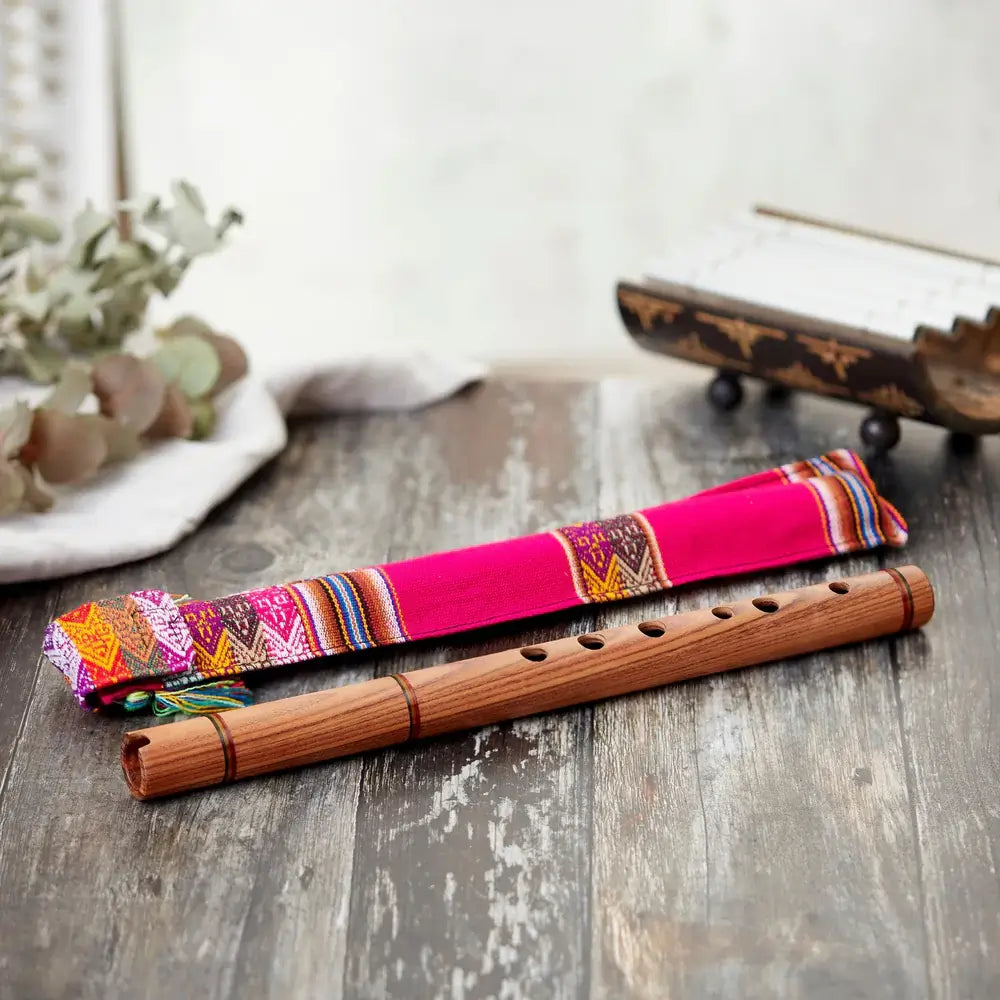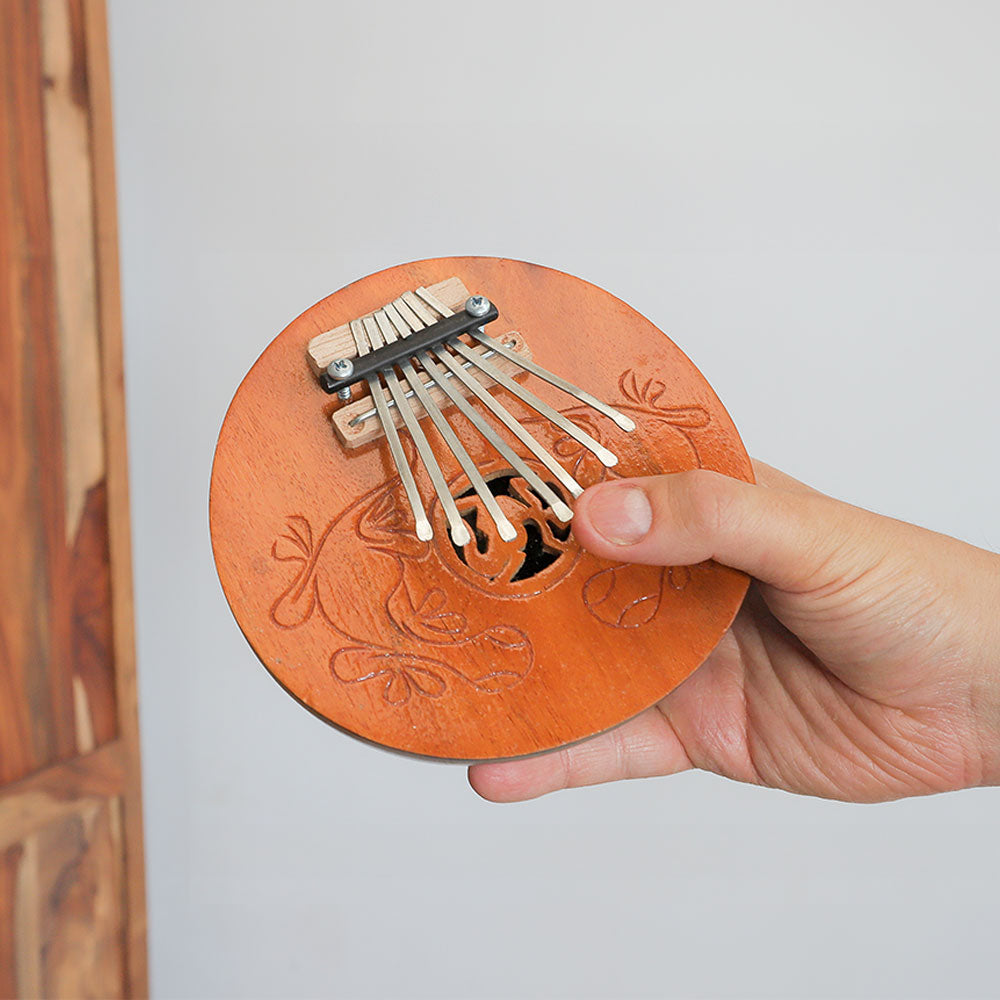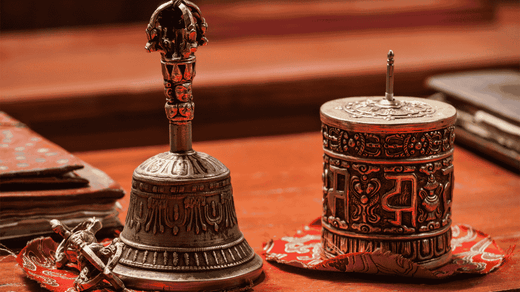In this guide, we will be showing you everything you need to know about rainsticks. These instruments are typically crafted by indigenous communities in the Andes region of South America, particularly in Chile and Peru, where they were used in various ceremonial and spiritual practices. It is beleived that the rainstick is a powerful tool that can make it rain which is why it has a history for its purpose in rituals. As rainsticks became popular and spread around the world, they took on different meanings and became symbols of nature and healing sounds.
How Rainsticks Are Made
The construction of a rainstick is an actual work of art, requiring a delicate balance of materials and craftsmanship. Traditional rainsticks are typically made from the hollow stems of the Cactaceae plant, which are carefully dried and filled with small pebbles, seeds, or beads. Modern rainsticks can be crafted from various materials, including bamboo, wood, or recycled household items. A high-quality rainstick selects suitable materials, places the internal elements precisely, and pays attention to detail in the final finishing touches.
Different Types of Rainsticks
Rainstick instruments come in many different sizes and can be made from various materials. A short rainstick will produce a fast decay sound, whereas a longer instrument will have a sound that sustains for longer. The traditional rainstick material is natural cactus, but other materials exist, such as bamboo and wood. Traditional cactus rainsticks, made from the Cactaceae plant's hollow stems, are filled with small pebbles or seeds. Bamboo rainsticks are crafted from solid bamboo and occasionally feature carvings or hand-painted designs. Wooden rainsticks can be made from various types of wood and produce a warm tone.
The Sound of Rainsticks
The sound of a rainstick sets it apart from other percussion musical instruments. As the small pebbles, seeds, or beads inside the hollow tube gently travel down the length of the instrument, they create a soothing pattern that mimics the pattern of raindrops. Rainsticks have a calming sound that is differs in volume and pitch depending on its size and material.
How to Play a Rainstick
Playing a rainstick is straightforward and enjoyable. To play a rainstick, hold it at a slight angle and gently tilt it left and right, which allows the internal elements to move down the length of the tube. Experiment with different speeds, angles, and rotations to create rhythms and textures. Rainsticks can be used in musical performances, sound effects, mindfulness, meditation practices, or even as a sound healing instrument.
Aside from traditionally playing the rainstick, you can sometimes shake the instrument to the beat, similar to a maraca. Hold it in your dominant hand and shake to the time signature 1, 2, 3, 4. You can play on different beats to create variations throughout your playing. Skilled musicians and sound artists have found innovative ways to manipulate the rainstick's sound, using techniques like rotating the instrument or changing the inclination angle.
Where to Buy a Rainstick?
We have a large collection of high-quality rainstick instrumentsin various sizes and styles. Each piece is unique, from traditional cactus designs to modern eco-friendly options. All of our instruments are carefully selected for their sound and build quality.

